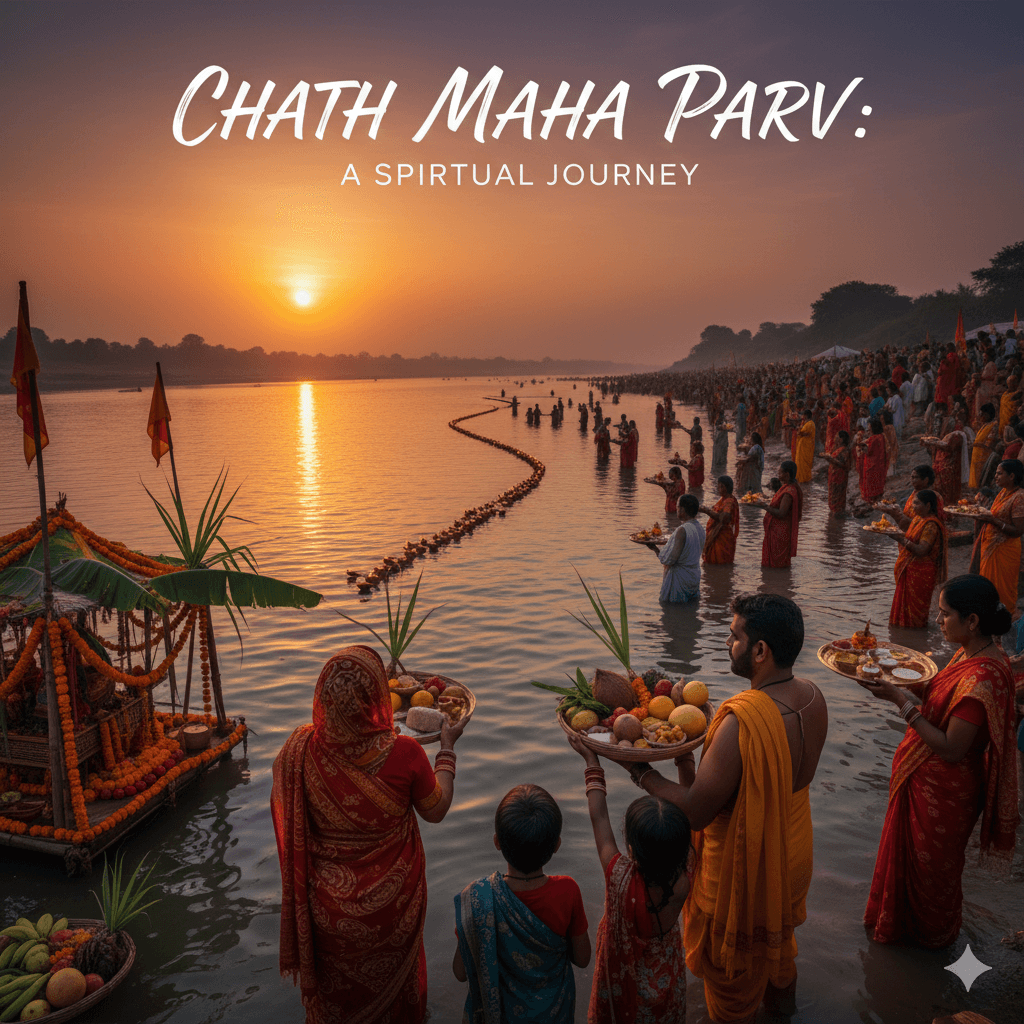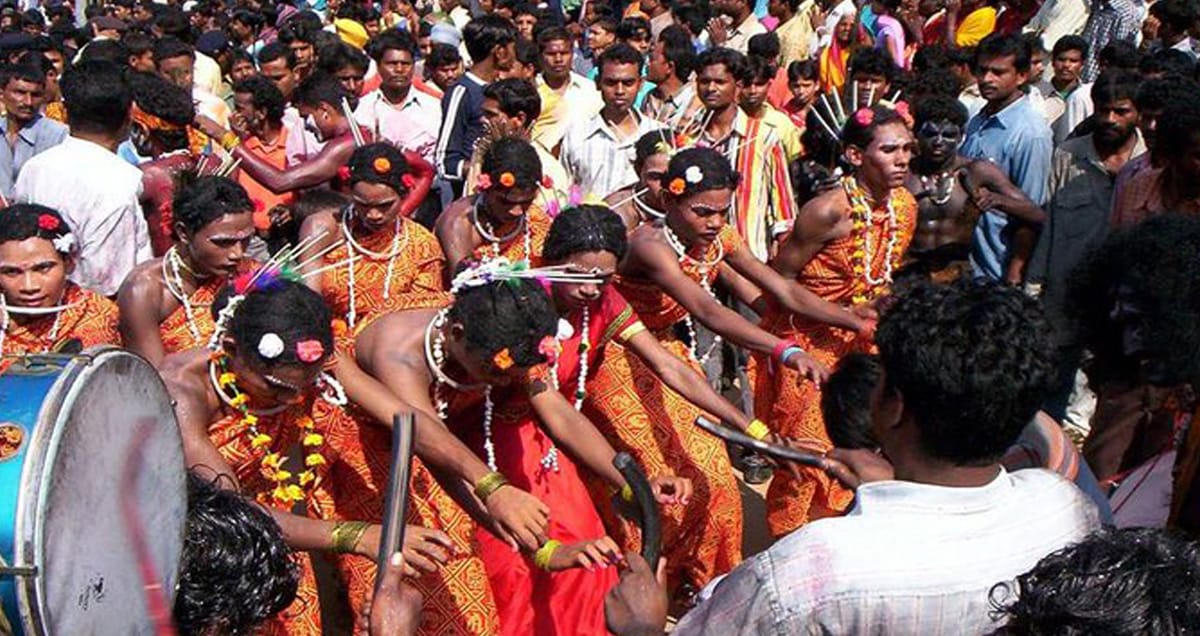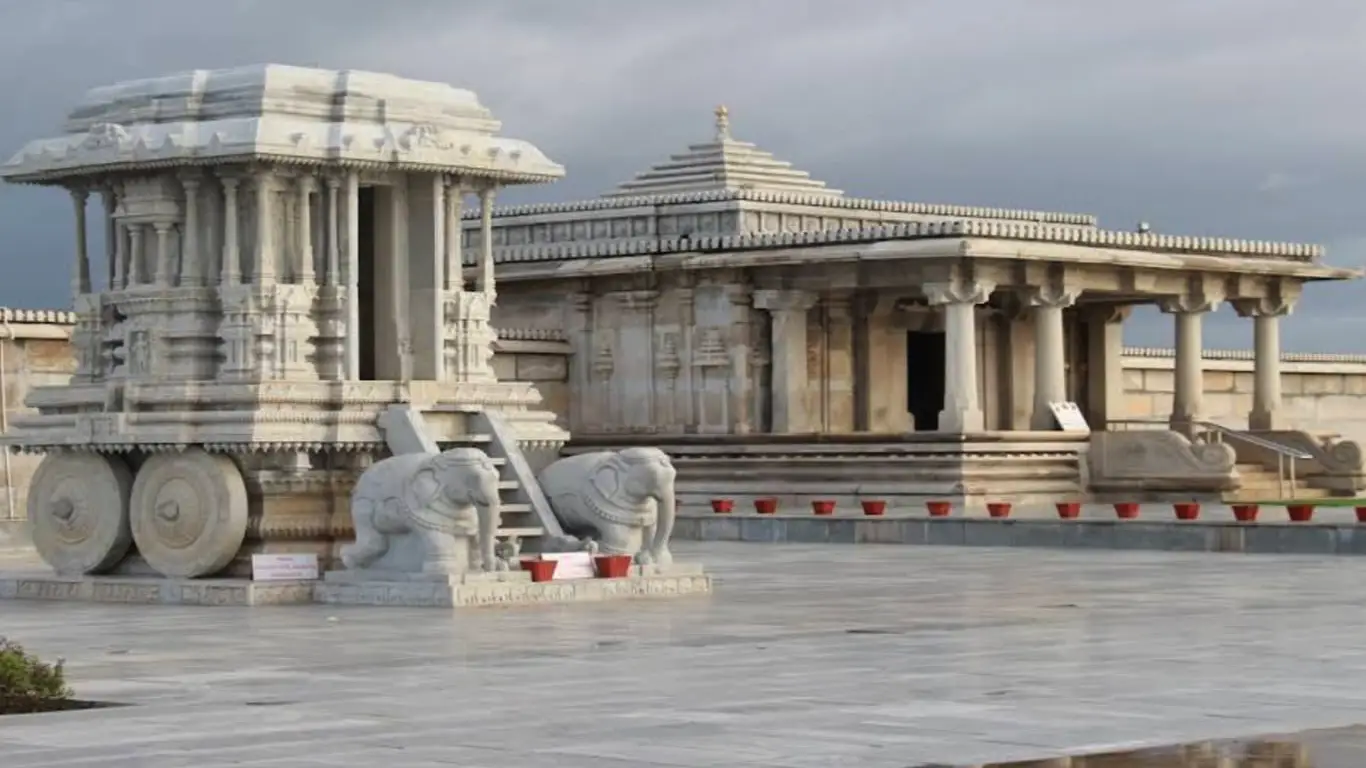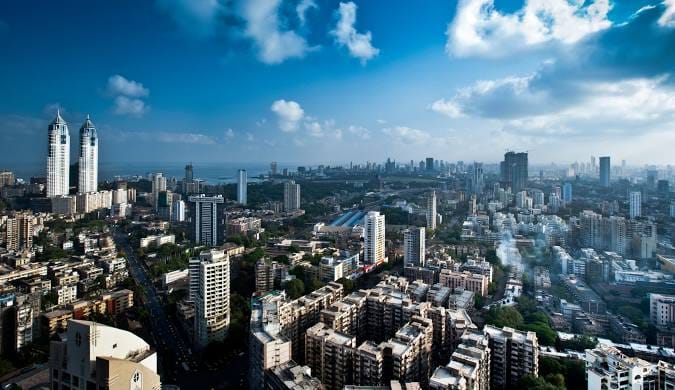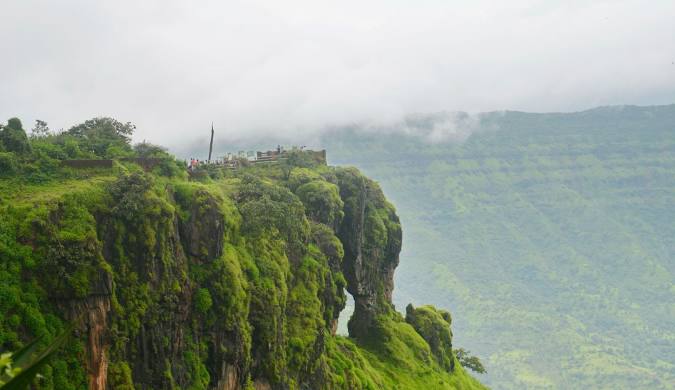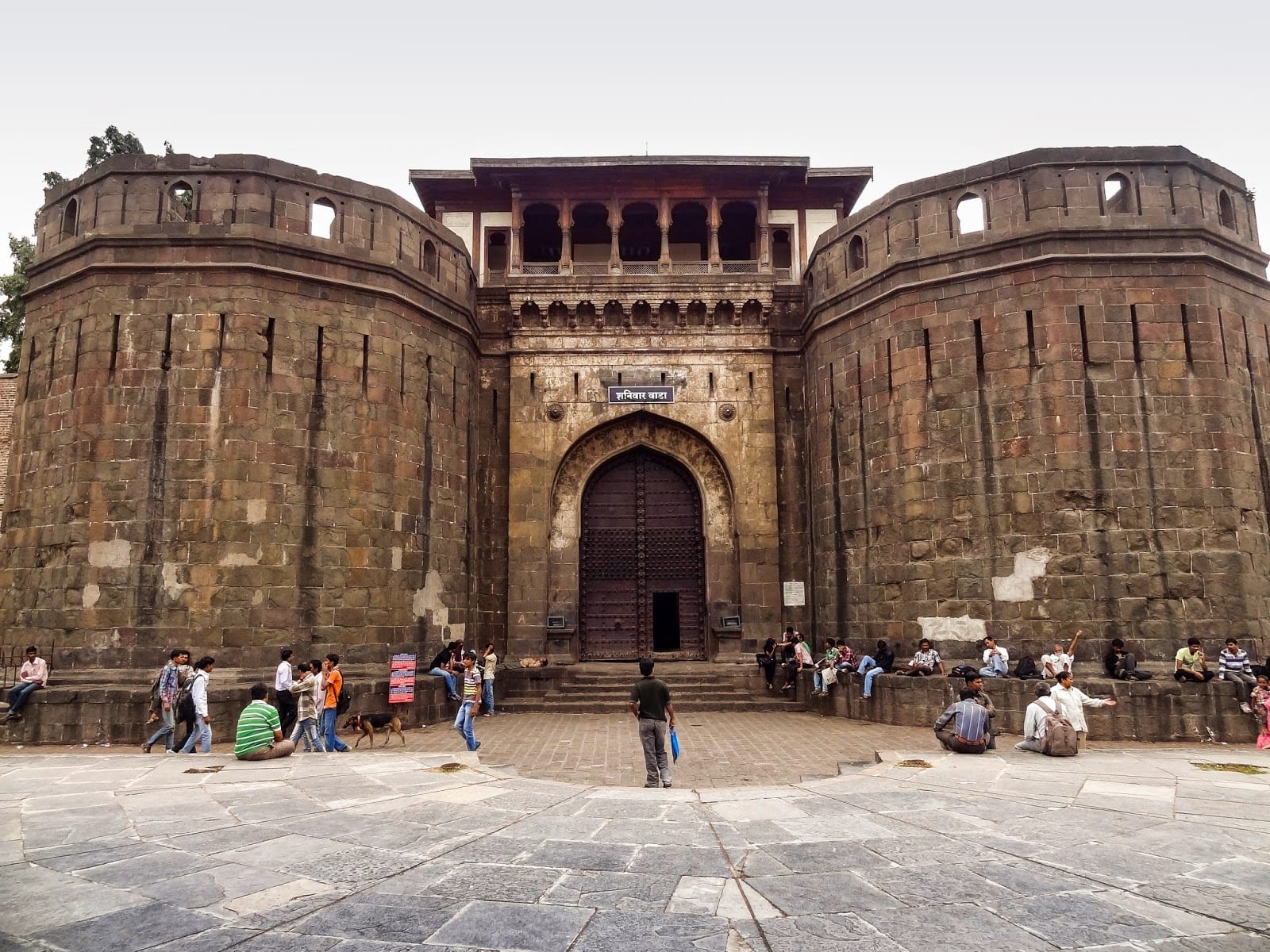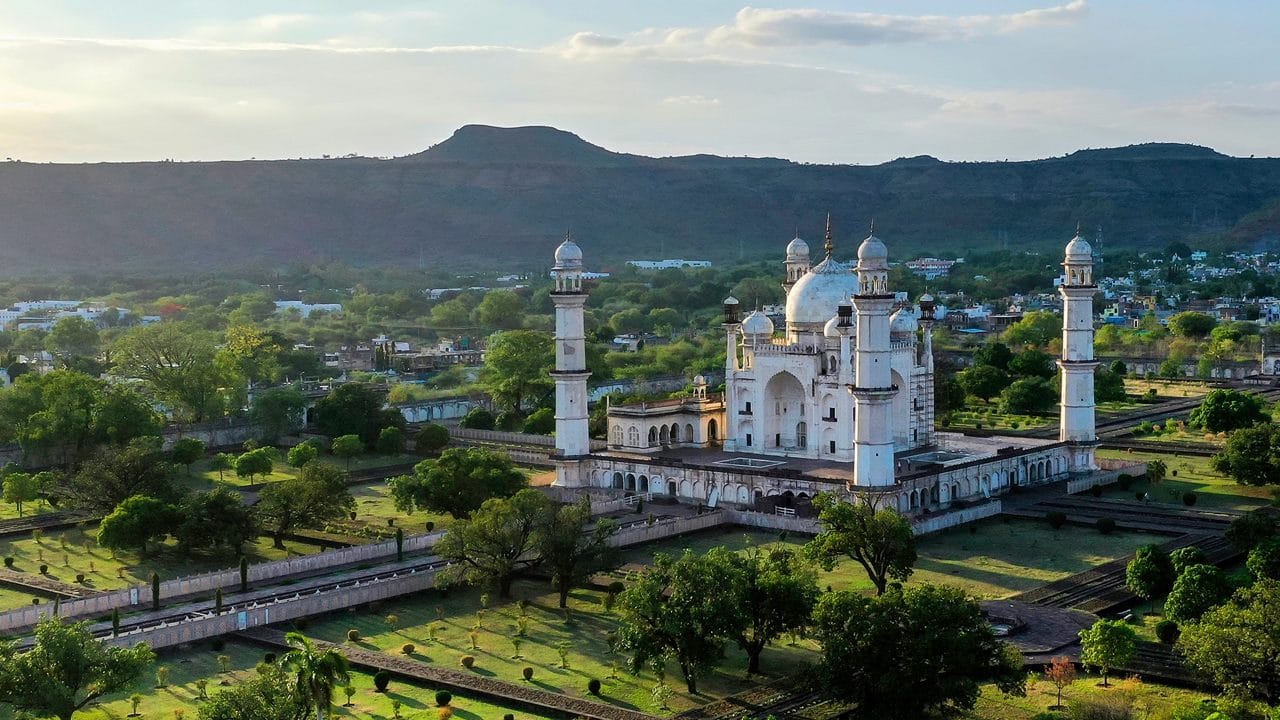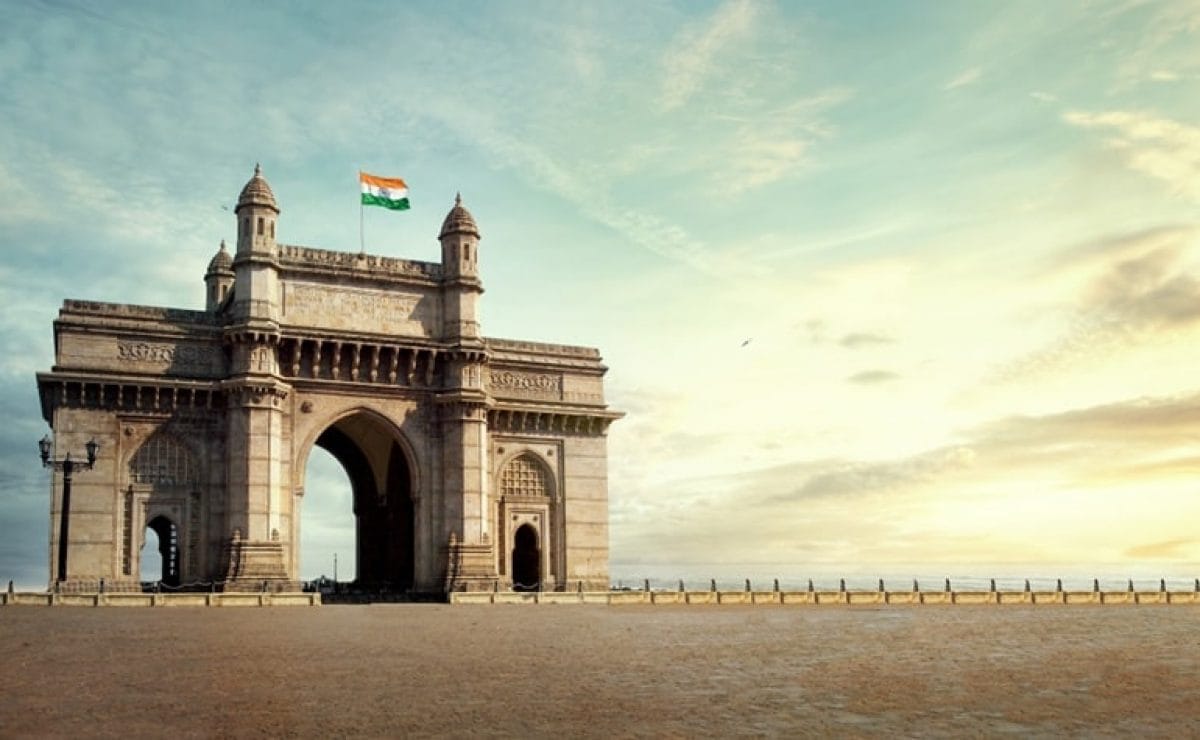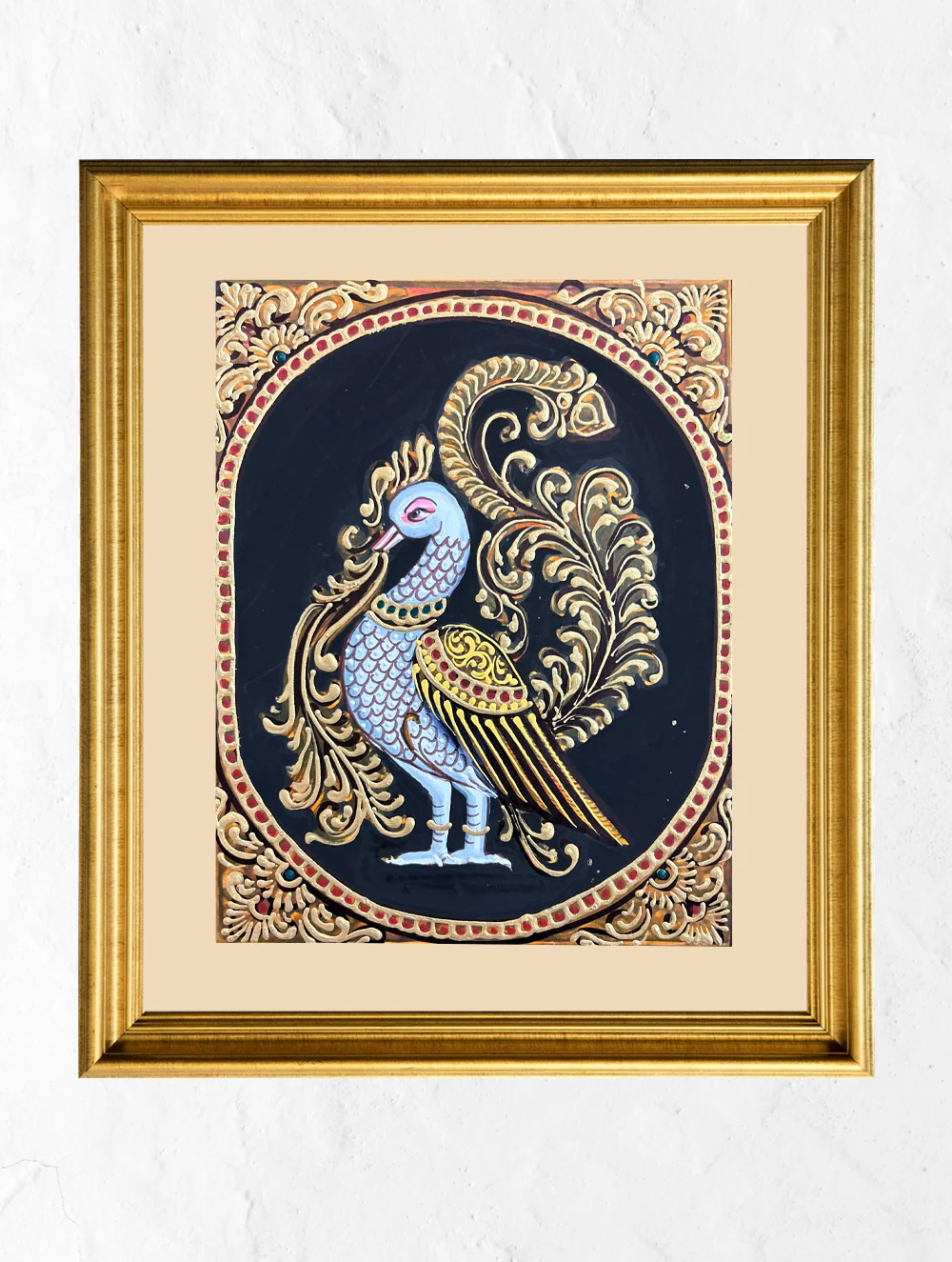
The air buzzes with energy, the streets echo with chants of “Ganpati Bappa Morya!”, and the sweet aroma of modaks fills every home. This can only mean one thing: the arrival of Ganesh Chaturthi, one of India’s most beloved and vibrant festivals. This grand ten-day spectacle celebrates the birth of Lord Ganesha, the elephant-headed god of wisdom, success, and the remover of obstacles.
But what is the story behind this revered deity? Why is this festival celebrated with such passion and grandeur? Let’s dive into the world of Ganesh Chaturthi and uncover its divine origins, profound significance, and joyous celebrations.
The Divine Story: The Birth of Lord Ganesha
The tale behind Ganesh Chaturthi is a fascinating story from Hindu mythology, primarily found in the Shiva Purana.
Goddess Parvati, wife of Lord Shiva, wished to bathe. Not wanting to be disturbed, she created a boy from the sandalwood paste she had applied to her body and breathed life into him. She instructed him to stand guard at the entrance and allow no one to enter.
Soon after, Lord Shiva returned home from his long meditation. The young boy, fiercely loyal to his mother’s command, refused to let him pass. Unaware that this boy was his son, a furious Shiva engaged in a fierce battle with him. In his rage, Shiva severed the boy’s head.
When Parvati discovered what had happened, her grief and anger were boundless. To console her, a repentant Shiva promised to bring the boy back to life. He sent his celestial army, the Ganas, with instructions to bring back the head of the first living creature they saw facing north. They returned with the head of a powerful elephant.
Shiva placed the elephant’s head onto the boy’s body, resurrected him, and declared him the leader (Pati) of his celestial army, hence the name Ganapati. He also blessed him with a boon that no new venture or prayer would ever be complete without first worshipping him. From that day on, Ganesha became known as Vighnaharta, the remover of all obstacles.

The Deep Significance of Ganesh Chaturthi
Ganesh Chaturthi is more than just a commemoration of Ganesha’s birth. It’s a festival rich with symbolism and meaning.
- The Remover of Obstacles (Vighnaharta): Devotees believe that worshipping Lord Ganesha before starting any new endeavor—be it a business, a journey, or an examination—will clear the path of all potential hurdles.
- Symbol of New Beginnings: The festival marks a time for fresh starts. It inspires people to let go of the past and embrace the future with hope, wisdom, and courage.
- Embodiment of Wisdom and Intellect: Ganesha’s large head symbolizes wisdom and knowledge. His worship is believed to bestow upon devotees the intelligence to discern right from wrong.
- The Cycle of Life (Janma) and Death (Moksha): The festival culminates with the immersion (Visarjan) of the idol in a body of water. This ritual symbolizes the cycle of creation and dissolution in nature. It teaches that all things in life are temporary and that the soul’s ultimate journey is towards merging with the infinite.
The 10-Day Celebration: A Spectacle of Devotion
The festival is celebrated over ten days, with the grandest celebrations happening on the first and last day.
1. Sthapana (Installation): On the first day, beautifully crafted idols of Lord Ganesha are brought home or to community pandals (temporary shrines). A ceremony called Pranapratishtha is performed to invoke the holy presence of Ganesha into the idol.
2. Daily Worship (Pooja): For the next ten days, prayers are offered twice daily. The worship includes chanting Vedic hymns, offering flowers (especially red hibiscus), durva grass, and of course, Ganesha’s favorite sweet, the modak—a steamed dumpling filled with coconut and jaggery.
3. Community Festivities: Large, ornate pandals are set up in neighborhoods, featuring massive, artistically designed Ganesha idols. These become hubs of cultural activity, with music, dance, and theatre performances that bring the entire community together.
4. Anant Chaturdashi (The Visarjan): The festival culminates on the tenth day, known as Anant Chaturdashi. The idol of Ganesha is taken out in a grand public procession, accompanied by singing, dancing, and drum beats. Devotees carry their beloved deity to a nearby river or sea for Visarjan (immersion), chanting “Ganpati Bappa Morya, Pudhchya Varshi Lavkar Ya!” (Oh Lord Ganpati, come back again early next year!).

Where is Ganesh Chaturthi Celebrated?
While celebrated by Hindus worldwide, the festival has a special fervor in certain parts of India.
- Maharashtra: This is the heart of Ganesh Chaturthi celebrations. Cities like Mumbai and Pune transform into a massive festival ground, with iconic pandals like Mumbai’s Lalbaugcha Raja and Pune’s Dagdusheth Halwai Ganpati attracting millions of devotees.
- Goa, Karnataka, and Telangana: The festival is celebrated with immense devotion and unique local traditions in these states.
- Andhra Pradesh and Tamil Nadu: Known as Vinayaka Chavithi, the festival is marked by preparing special delicacies and offering prayers at home and in temples.
- Global Indian Diaspora: Indian communities in the USA, UK, Canada, and other parts of the world celebrate Ganesh Chaturthi with great enthusiasm, keeping their cultural heritage alive.
A Call for an Eco-Friendly Celebration
In recent years, there has been a growing awareness of the environmental impact of idols made from Plaster of Paris and chemical paints. Many are now embracing eco-friendly Ganesh Chaturthi by:
- Using idols made of natural clay (shadu mati).
- Decorating with natural flowers and materials instead of plastic.
- Performing a symbolic immersion at home in a bucket of water, which is later used to water plants.
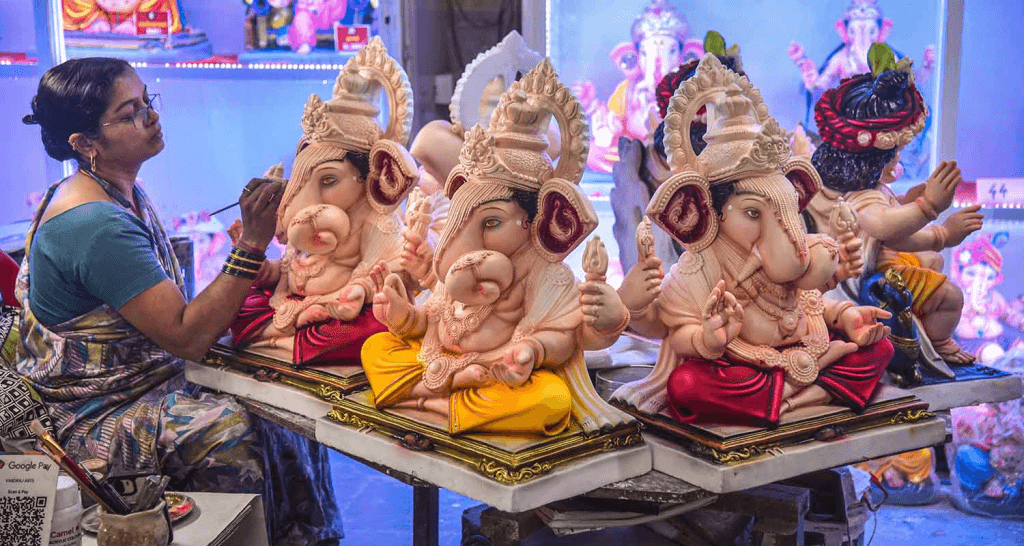
Ganesh Chaturthi is a festival that beautifully blends devotion, culture, community, and profound spiritual philosophy. It’s a time to celebrate the removal of obstacles and welcome wisdom and prosperity into our lives.
Ganpati Bappa Morya!


